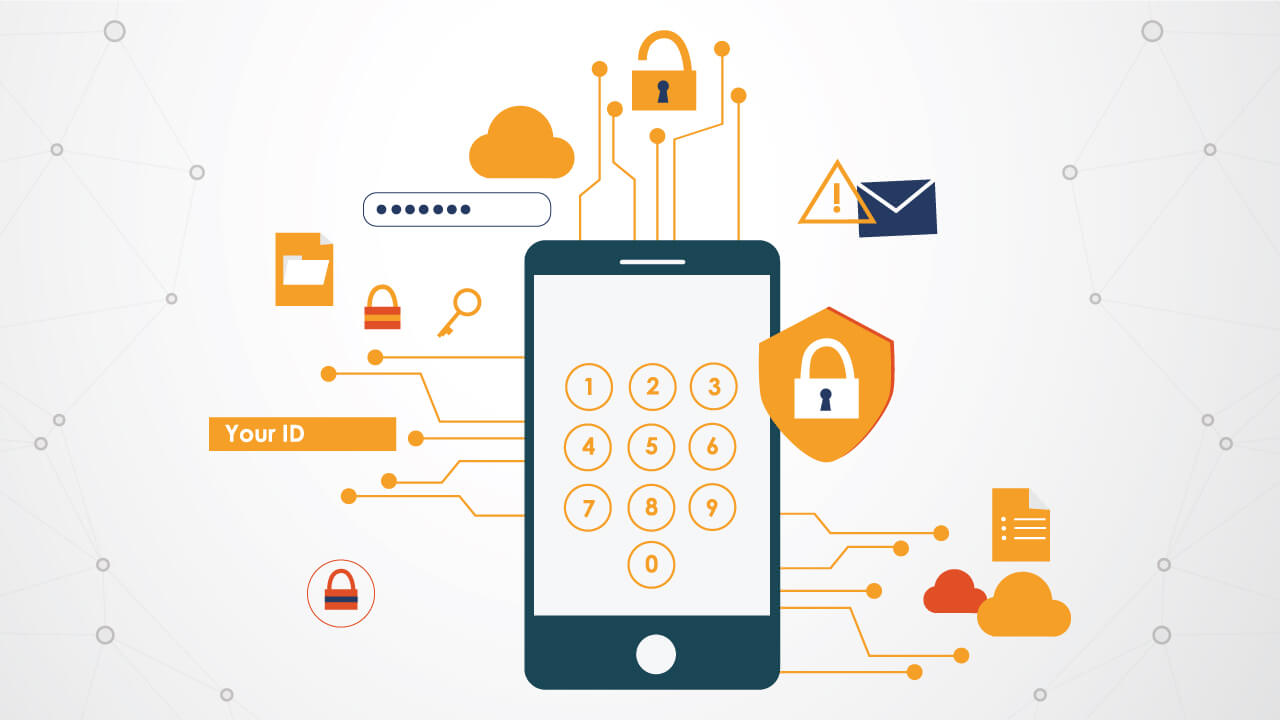
Mobile App Security: Protecting Your Users and Data
By Udit Agarwal

Mobile applications have become an integral part of our lives, serving various purposes, from social networking to online banking. With the increasing reliance on mobile apps, ensuring their security has never been more critical. Mobile app security safeguards user data and protects your brand’s reputation and financial assets. This comprehensive guide will explore the importance of mobile app security, common vulnerabilities, and best practices to keep your users and data safe.
The Significance of Mobile App Security
- Protecting User Data: Users entrust mobile apps with sensitive information, such as personal details, financial data, and location. Failing to secure this data can lead to severe privacy breaches.
- Preserving Reputation: A security breach can tarnish your brand’s reputation and erode user trust. Consumers are less likely to use or recommend an app with a history of security issues.
- Compliance: Many industries are subject to data protection regulations like GDPR and HIPAA. Non-compliance can result in hefty fines and legal consequences.
- Financial Security: Mobile apps often handle financial transactions. Inadequate security measures can expose your business to fraud and financial losses.
Common Mobile App Vulnerabilities
Understanding the vulnerabilities that malicious actors exploit is the first step in strengthening your app’s security. Here are some common threats:
- Insecure Data Storage: Storing sensitive data, such as passwords or payment details, without encryption exposes it to theft.
- Weak Authentication: Weak or easily guessable passwords make it easier for attackers to gain unauthorized access.
- Unencrypted Communication: Failing to encrypt data transmitted between the app and servers allows eavesdropping.
- Code Injection: Inadequate input validation can allow attackers to inject malicious code into your app.
- Broken Authentication: Flaws in authentication mechanisms may enable unauthorized users to access restricted areas.
- API Security: Attackers often target APIs. Insecure APIs can expose your app to data breaches.
- Inadequate Session Management: Mishandling session data can lead to unauthorized access to user accounts.
- Reverse Engineering: Attackers may decompile your app to discover vulnerabilities or create counterfeit versions.

Mobile App Security Best Practices
To bolster your mobile app’s security, consider the following best practices:
- Data Encryption: Encrypt data at rest and in transit using secure protocols like HTTPS.
- Secure Authentication: Implement robust authentication mechanisms like multi-factor authentication (MFA) or biometrics.
- Authorization Controls: Ensure users can only access resources and features they’re authorized to use.
- Secure Coding: It’s important to train developers in coding practices to prevent vulnerabilities such as code injection.
- Regular Testing: Conduct security testing, including penetration testing and code reviews, to identify and address vulnerabilities.
- Secure APIs: Protect APIs with authentication, authorization, and rate limiting to prevent abuse.
- Session Management: Use secure session management techniques, such as expiring sessions after inactivity.
- Tamper Detection: Implement mechanisms to detect if the app’s code or configuration has been tampered with.
- Error Handling: Be cautious about the information revealed in error messages to avoid exposing sensitive data.
- User Education: Educate users about security best practices, like keeping their app and OS current.
Mobile App Security Tools
Several tools can assist in enhancing mobile app security:
- App Security Testing Tools: Tools like OWASP ZAP and Burp Suite can help identify vulnerabilities in your app.
- Mobile Device Management (MDM) Software: MDM solutions enable organizations to manage and secure mobile devices.
- App Shielding: Use app shielding solutions to protect the app’s binary code from reverse engineering.
- Code Analysis Tools: Static and dynamic code analysis tools can uncover security flaws during development.
- Security SDKs: Integrate security SDKs into your app to add features like authentication and encryption.
- Secure Backend: Ensure your backend servers are secure and follow best practices for web security.
Mobile App Security Lifecycle
Securing a mobile app isn’t something you do once; it needs to be an ongoing part of the app’s lifecycle.
- Planning: Include security considerations in the app’s initial design and requirements.
- Development: Implement security features and conduct code reviews during development.
- Testing: Perform thorough security testing, including dynamic and static analysis.
- Deployment: Deploy security updates promptly and monitor for vulnerabilities.
- Updates: Regularly update the app to patch security vulnerabilities and comply with regulations.
- Incident Response: Have an incident response plan to address security breaches promptly.